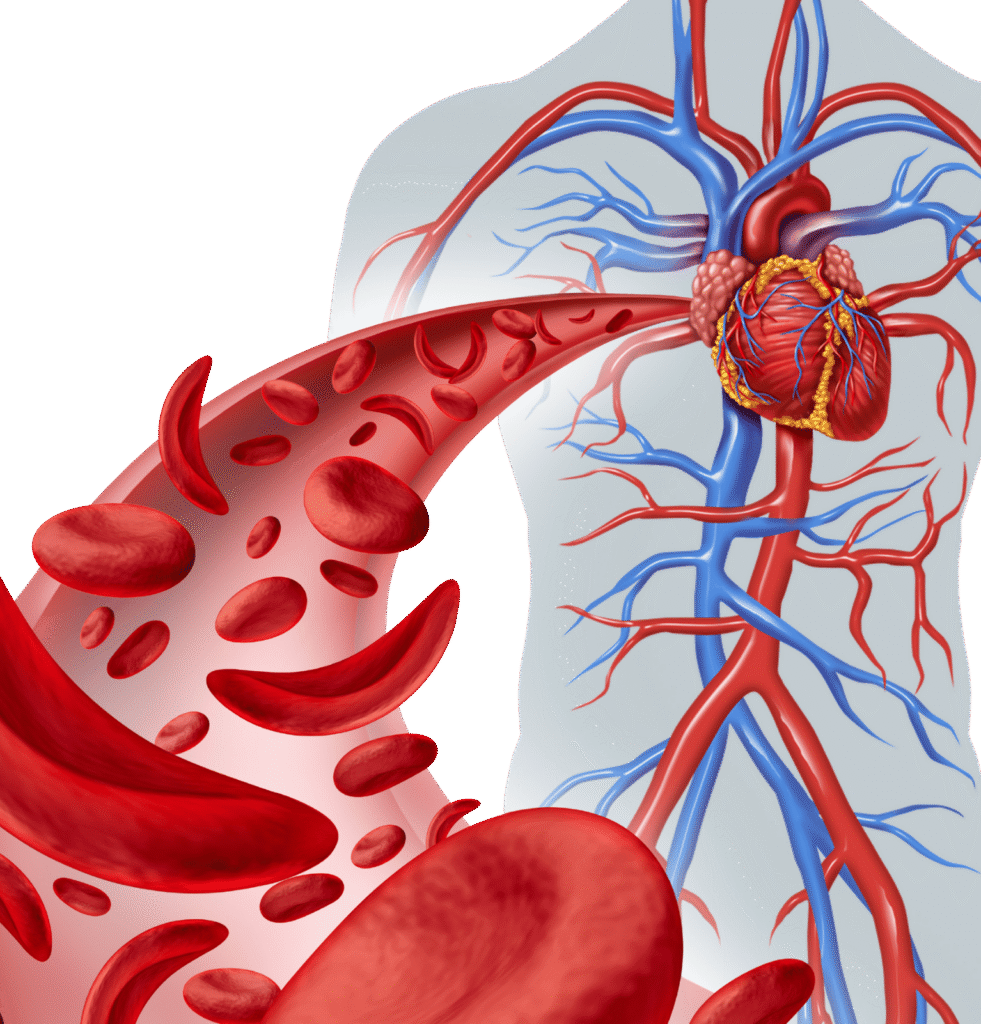Detection of Metabolic Disorders
"Detection of Metabolic Disorders" refers to the process of identifying conditions that arise from abnormal chemical reactions in the body's metabolism. Metabolism is the complex set of biochemical processes that convert food into energy, build and break down molecules, and eliminate waste products. When there's a defect in a specific enzyme, protein, or transport system involved in these pathways, it can lead to an accumulation of toxic substances or a deficiency of essential compounds, causing a metabolic disorder.
Key Concepts in Metabolic Disorders
Early detection is critical for many metabolic disorders, especially in newborns, as timely intervention can often prevent severe and irreversible health consequences.
Inborn Errors of Metabolism (IEMs)
Most metabolic disorders are genetic (inherited) and are often referred to as IEMs. They are typically autosomal recessive, meaning a child must inherit a mutated gene from both parents to be affected.
Enzyme Deficiencies
Many IEMs result from a deficiency or malfunction of a specific enzyme required for a metabolic pathway.
Accumulation/Deficiency
The defective pathway leads to either a harmful buildup of substrates (substances that the enzyme normally acts upon) or a lack of essential products.
Systemic Impact
The defective pathway leads to either a harmful buildup of substrates (substances that the enzyme normally acts upon) or a lack of essential products.

Why is Early Detection Important?
Early detection is critical for many metabolic disorders, especially in newborns, as timely intervention can often prevent severe and irreversible health consequences.

Prevent Irreversible Damage
Many IEMs cause progressive and irreversible damage (e.g., neurological damage, organ failure) if not treated early.
Timely Intervention
Early diagnosis allows for specific dietary modifications, enzyme replacement therapy, substrate reduction therapy, or other interventions that can prevent or mitigate severe symptoms.
Improved Outcomes
Leads to better quality of life and often prevents early mortality.
Genetic Counseling
Provides information for family planning and testing of other family members.
Key Methods for Detection of Metabolic Disorders
The diagnostic approach often depends on whether it's a screening scenario (e.g., newborn screening) or a diagnostic workup for a symptomatic individual.
Newborn Screening (NBS)
Purpose
A public health program that screens all newborns, usually within the first few days of life, for a panel of serious, but treatable, metabolic (and other) disorders.
Method
A few drops of blood are collected from the baby's heel onto a special filter paper card (Guthrie card).
Clinical Importance
Identifies affected infants before symptoms appear, enabling immediate confirmatory testing and life-saving interventions.
Laboratory Analysis (Diagnostic Lab's Central Role)
- Tandem Mass Spectrometry (MS/MS): The cornerstone of modern NBS. It can simultaneously detect and quantify multiple metabolites (amino acids, fatty acids, organic acids) from a single blood spot, allowing for screening of dozens of disorders (e.g., PKU, Maple Syrup Urine Disease, Fatty Acid Oxidation Disorders, Organic Acidemias).
- Enzyme Assays: For specific disorders (e.g., GALT for Galactosemia).
- Immunological Assays: For congenital hypothyroidism (TSH, T4) or congenital adrenal hyperplasia.
- Molecular Testing: Increasingly used as a secondary test or for specific conditions (e.g., SMA).
Diagnostic Workup for Symptomatic Individuals (Any Age)
When a metabolic disorder is suspected based on clinical signs (e.g., developmental delay, seizures, feeding difficulties, unusual odor, liver dysfunction), a more targeted and extensive laboratory investigation is performed.
- Biochemical Genetic Testing:
- Purpose: To measure specific metabolites, enzymes, or transport proteins in various body fluids or tissues.
- Methods/Examples:
- Plasma Amino Acids: To detect amino acid disorders (e.g., PKU, MSUD).
- Urine Organic Acids: To detect organic acidemias.
- Plasma Acylcarnitines: For fatty acid oxidation disorders.
- Lactate and Pyruvate: For mitochondrial disorders, lactic acidosis.
- Ammonia: For urea cycle disorders.
- Lysosomal Enzyme Assays: In blood or fibroblasts for lysosomal storage diseases (e.g., Gaucher, Fabry, Pompe).
- Urine Mucopolysaccharides (MPS): For mucopolysaccharidoses.
- Glucose, Insulin, C-peptide: For disorders of carbohydrate metabolism.
- Electrolytes, Blood Gases: To assess metabolic acidosis/alkalosis.
- Clinical Importance: Provides strong biochemical evidence for a specific metabolic block.
- Molecular Genetic Testing:
- Purpose: To identify the underlying gene mutation(s) responsible for the metabolic disorder. This provides definitive confirmation.
- Methods:
- Single Gene Sequencing: If a specific disorder is strongly suspected.
- Gene Panels: Testing multiple genes associated with a group of metabolic disorders.
- Whole Exome Sequencing (WES) or Whole Genome Sequencing (WGS): Used when the clinical picture is broad or unclear, and a specific gene is not obvious.
- Clinical Importance: Confirms the diagnosis, allows for genetic counseling, and can identify specific mutations that may influence prognosis or treatment options.
- Functional Studies:
- Purpose: In some cases, specialized tests like enzyme activity assays in cultured fibroblasts or liver biopsies are needed.
- Clinical Importance: Provides direct evidence of enzyme deficiency.
Challenges in Detection
Public health is highly interdisciplinary, drawing from various fields:
Rarity
Many individual metabolic disorders are rare, making clinical recognition difficult.
Variable Presentation
Symptoms can be non-specific and vary widely, even within the same disorder.
Acute Metabolic Crises
Some disorders present with life-threatening acute crises that require rapid diagnosis and intervention.
Diagnostic Odyssey
Patients may go through a prolonged period of undiagnosed illness due to the complexity and rarity of these conditions.

